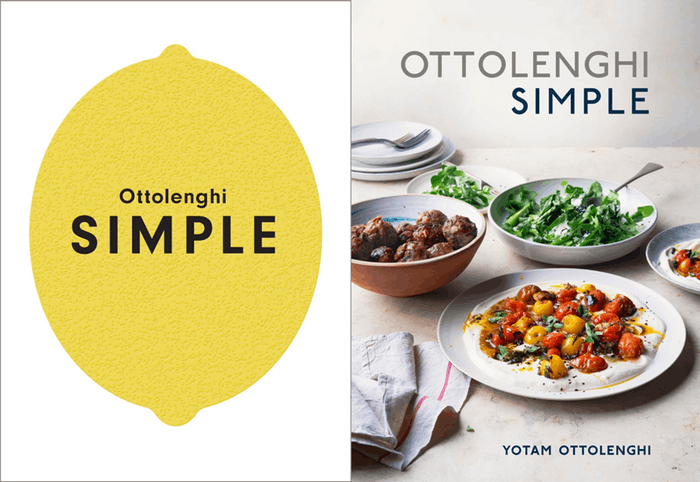Eat This Newsletter 117: Old and new

Hello
I’ve been doing a bit of an early spring clean in some of the places where I keep lists of things I want to read at some point, and in the process found some that were clearly intended to be shared with you. So there are a couple of, er, heritage items in this issue’s mix.
Bread for the Gods
We are fast approaching the days when ancient Rome celebrated Fornacalia, the feast days dedicated to ovens and bread. While I have written about, and baked for, Fornacalia myself, this year I am very pleased to be able to point to Farrell Monaco’s very thorough treatment of Bread for the Gods. Farrell includes details for making the Mola Salsa traditionally offered to the gods during Fornacalia.
I can’t help but take issue with Farrell’s statement that “farro is the Italian word for spelt grain, which is derived from the Latin word far.” I know I’m the world’s greatest bore on this, but farro as still grown by the farmers I’ve visited, high in the Appenines, is sown and harvested as a mixture of einkorn, emmer and spelt, the three hulled wheats of ancient Roman agriculture.
In any case, I won’t be attempting Mola Salsa; I’ll probably stick with my own traditional offering, black pepper rye.
And staying very briefly with bread, a breathless press release from Rothamstead Research tells me that Scientists prove high fibre white loaf is possible. Possible, and maybe even desirable, but honestly, if you want high fibre there are so many ways to get it right now, including in bread, rather than waiting for the isolation of a couple of genes to find their way eventually into new commercial varieties of wheat.
You can judge a book
Fascinating article from Charlotte Druckman at epicurious.com: Why You Rarely See British Cookbook Covers on American Shelves. It’s something I’ve noticed in passing but never thought that deeply about. Druckman has thought deeply about it, and talked to lots of people, and while there’s no obvious conclusion, except that the two markets are different, I found the article well worth my time.

Taking Duckworth’s starting point, Ottolenghi’s Simple, I know which one I prefer. How about you? (Image lifted from epicurious, which credits Ebury Press (UK) and Ten Speed Press (US).)
More of the Same
In a similar vein, Megan McArdle at Bloomberg offers some very simple answers to questions about why on earth our parent and grandparents cooked the things they did. Things like Jell-O bejewelled Spam salad, sauces from soup cans and “apples, bananas and raisins, dripping with Miracle Whip,” which sounds a bit yummy. I won’t steal her thunder, so do go read it, but here’s her conclusion.
Explaining the food of yesteryear doesn’t require exotic theories about culture and politics. It mostly requires understanding the economics of food production and distribution, and the path dependence of culinary choices. The past is indeed another country, and like every country, it had its own cuisine that made the most of local resources.
I cannot leave this topic, however, without linking to one of the more bizarre Twitter threads I’ve seen in recent years, recounting the strange adventures of Janelle Shane, who trained an artificial intelligence algorithm on “a crowdsourced set of vintage jello-centric recipes” and was astounded by what the neural net spewed out. (If you’re not on Twitter, here’s an alternative version but it isn’t nearly as much fun to look at.)
Online food fraud: buyer beware
Another story that started life on Twitter, by Pim Techamuanvivit, a woman I used to follow avidly back in the days when she blogged as Chez Pim. Rather than link to Twitter, though, here’s where I got hold of it, Counterfeit Food by Alex Danco.
Alex uses Pim’s unfortunate experience to write about food fraud at some length, drawing parallels between then and now. As soon as the person who prepared the food was not the person who grew the ingredients, there was scope for adulteration. Now that online ordering of takeout is a thing, the potential is there for bad actors to steal the identity and reputation of a bricks and mortar restaurant and adulterate the entire offering.
That’s the gist of it. As for a solution … Yay! Blockchain!
The older stuff
Dan Nosowitz has written a bunch of stuff about food and words. Here’s How Capicola Became Gabagool: The Italian New Jersey Accent, Explained. At length.
Paul Krugman has also written a bunch of stuff, not much of it about food. But my spring clean excavated his post on Supply, Demand, and English Food. First off, I have to admire someone who writes
Marcel Proust I’m not (what the hell is a madeleine, anyway?), but the change in English eating habits is enough to get even an economist meditating on life, the universe, and the nature of consumer society.
That meditation leads Krugman to posit that “by the time it became possible for urban Britons to eat decently, they no longer knew the difference”. In other words, food in Britain provided Krugman with evidence to support the idea of a bad equilibrium free market economy, “in which good things are not demanded because they have never been supplied, and are not supplied because not enough people demand them.”
It’s a fun read, for sure, and in trying to find out when it had been published (July 20, 1998, as it happens. Another post tells me it was written for Fortune.), I discovered I had read it before, because Rachel Laudan had used it as a jumping off point for some pieces of her own. I even suggested, completely mistakenly, that Rachel had the date wrong. I should have known better.
All the best,

Jeremy
Add a comment: